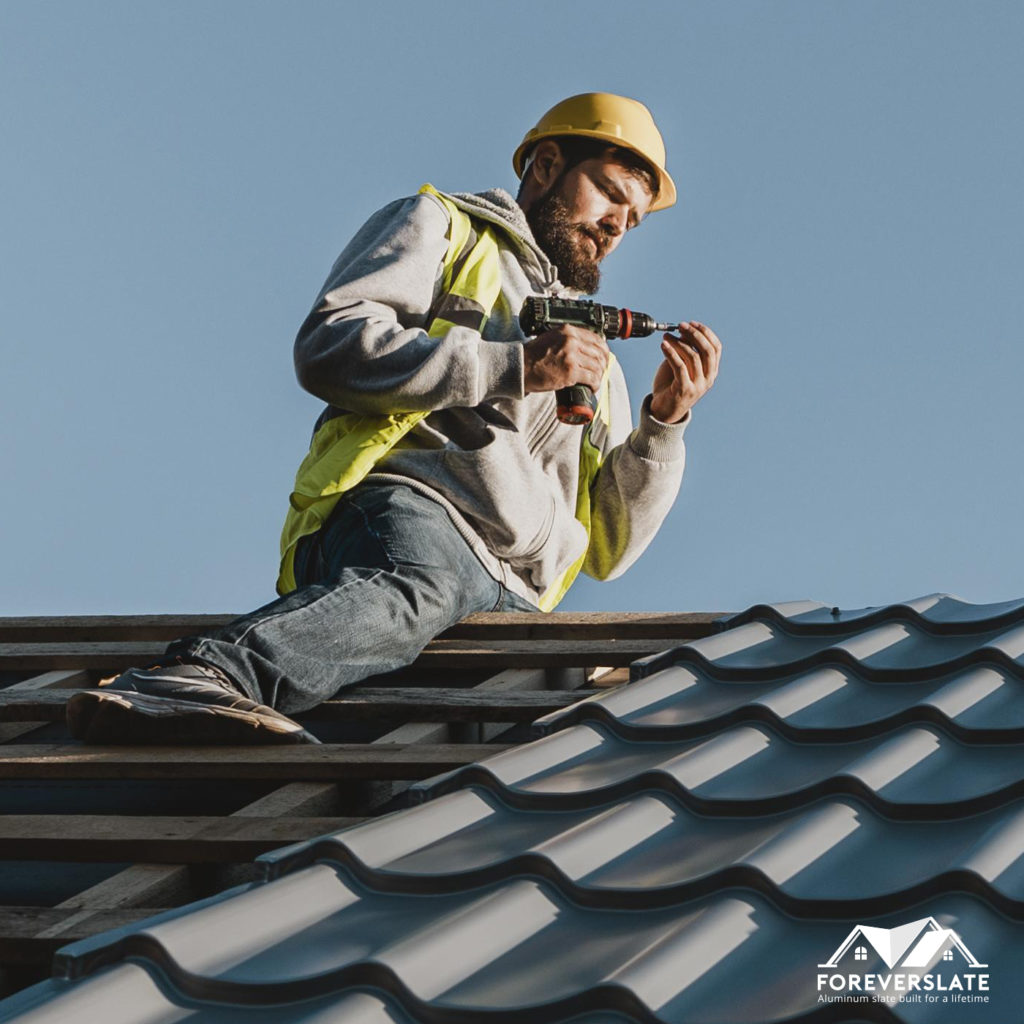Published On December 31 , 2023

Your business property is a significant investment, and you want everything, including the roof, to stay in good shape for as long as possible. If the roof starts to fail, it can cause damage to other parts of the building, and getting a new roof can be costly.
But don’t worry! Taking care of your commercial roof doesn’t have to be complicated or expensive. In fact, there are seven straightforward tips you can follow to make sure your roof lasts longer, and it might even make your tenants happier.
To ensure your roof lasts longer, a key step is to choose a roofing system that suits your location, building type, and environmental objectives right from the start. With numerous roofing options out there, it can be challenging to figure out which one is the best fit for your building. Fortunately, you can explore the key features of some popular roofing systems and use the Roof Explorer tool. By answering three simple questions, this tool gives you personalized recommendations for roof systems. It’s a helpful resource, especially when used in conjunction with advice from a design professional, to gain a better understanding of your roofing choices.
To learn more about the best commercial roofing materials, click here


Understanding your warranty is crucial when it comes to taking care of your commercial roof. A good warranty should provide clear instructions on inspections and maintenance tasks. Following these guidelines can significantly prolong the life of your roof, offering you greater peace of mind throughout the changing seasons.
According to Facility Executive, the most economical way to enhance roof performance and extend its lifespan is by being proactive with preventive maintenance. This involves regularly scheduled inspections and timely repairs to address common issues. This approach helps minimize the overall and annual costs of owning a roofing system, making it a smart strategy for long-term roof health.
The National Roofing Contractors Association advises having your roof inspected and maintained twice a year to ensure it stays in optimal shape. These semi-annual checkups are crucial for identifying issues such as clogged drains or physical damage that could escalate into significant problems if left unattended. Especially if your building is in a region with winter weather, it’s essential to plan seasonal roof inspections during the spring and fall to address any issues before they become more severe.


In addition to routine checkups, make sure to regularly tidy up your roof. This means getting rid of leaves, dirt, trash, moss, and any other mess up there.
Facility Executive suggests that doing basic tasks like cleaning drains and downspouts regularly can stop small issues from turning into big, expensive headaches.
If debris piles up and blocks your gutters or ventilation system, it can cause problems with water drainage and damage. In the winter, you might need to remove snow, depending on how your building is constructed.
When your roof needs fixing due to physical damage, storm damage, or regular maintenance work by other trades, don’t delay in taking care of it. If you ignore an issue, it will only get worse, putting your roof in jeopardy of requiring a complete replacement. It’s smart to tackle roofing problems while they’re still fixable. Many commercial roofing warranties from manufacturers demand owners to report leaks promptly, so be sure to check your warranty for exact guidelines.


While overhanging tree limbs might not seem like a major concern, they can pose a threat to your roof. If a sizable branch falls, it can cause significant damage. Therefore, it’s crucial to regularly trim limbs that extend over your roof. Trimming these branches not only makes it easier to clean leaves, acorns, and nuts from your roof but also serves as a proactive measure against animal and insect infestations around your building.
When it comes to maintaining your roof, a straightforward tip is to minimize foot traffic. Too much walking on the roof can cause damage over time. Although you can’t eliminate foot traffic entirely, you can cut it down by controlling access. It’s advisable to prevent tenants or others from walking on the roof; reserve access for trusted professionals handling equipment or roof maintenance. Additionally, think about installing Elevate Walkway Pads or Elevate X-Tred Walkway Pads at all roof access points, like ladders, hatches, and doorways, to safeguard the roofing system from potential damage caused by foot traffic.

Meet Cris – a seasoned construction industry professional with over 15 years of hands-on experience in building and managing residential, commercial, and industrial projects. He started as a laborer and worked his way up to become a project manager. Cris is passionate about sharing his knowledge and insights with others who are interested in building construction. He has a degree in architecture and is constantly reading and researching to stay on top of the latest trends, materials, and techniques. His aim is to help people better understand the complexities of the industry and make informed decisions when it comes to building their own structures.